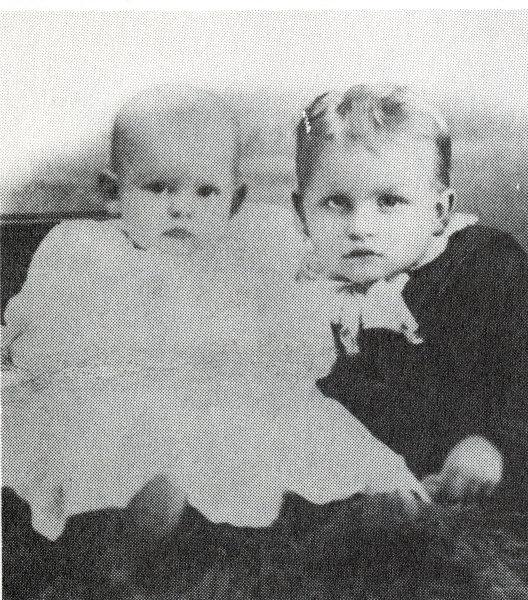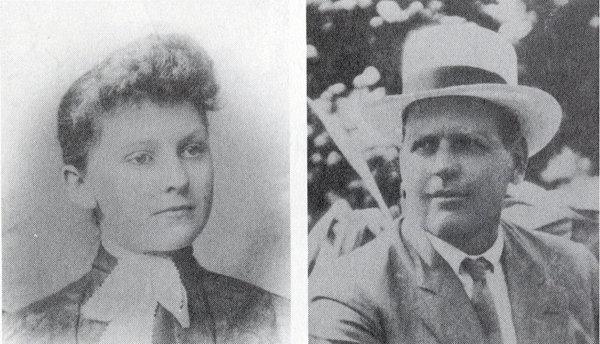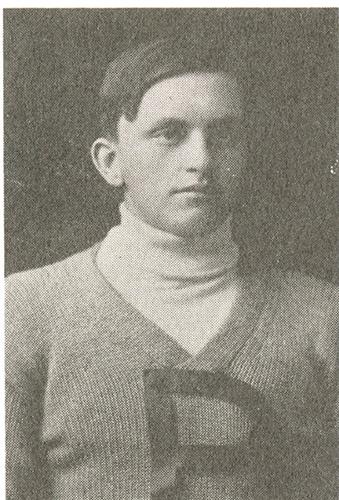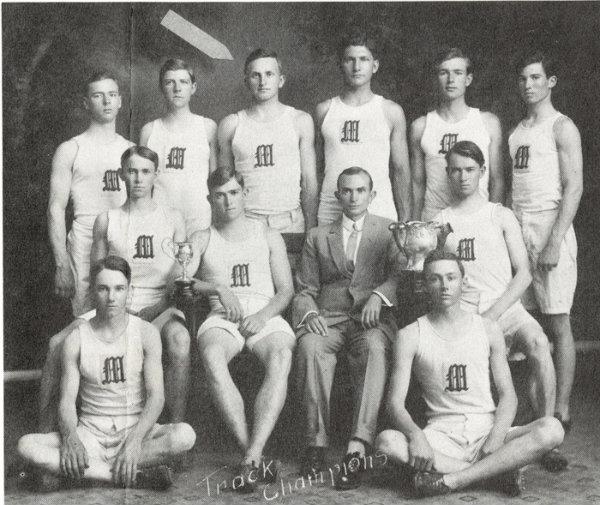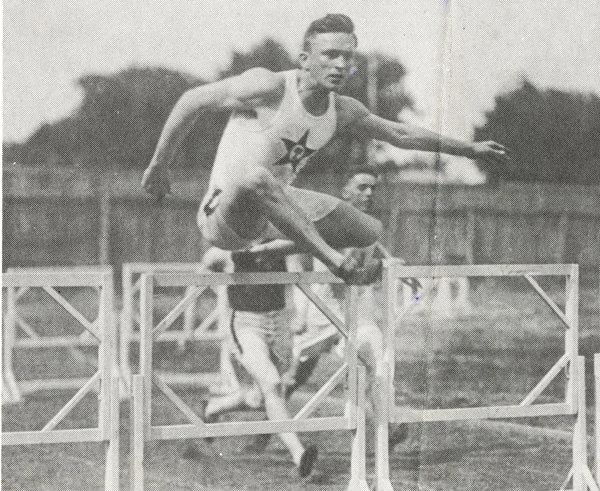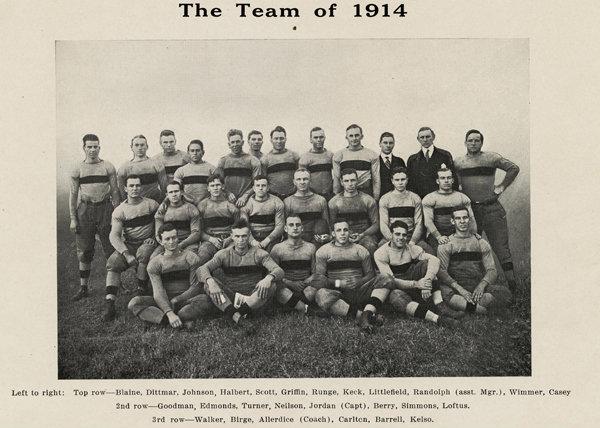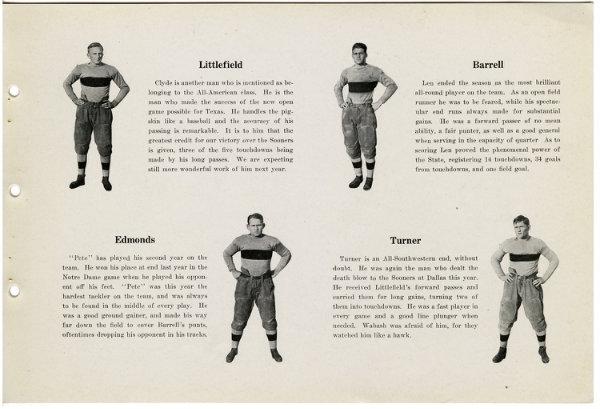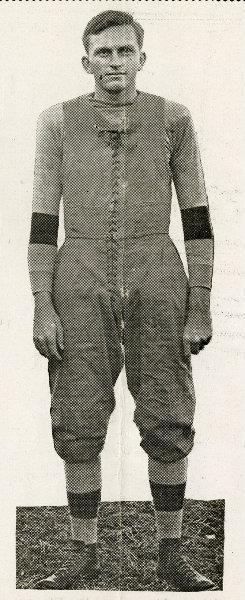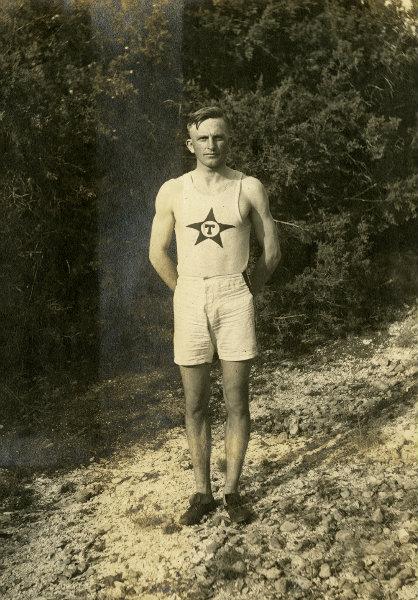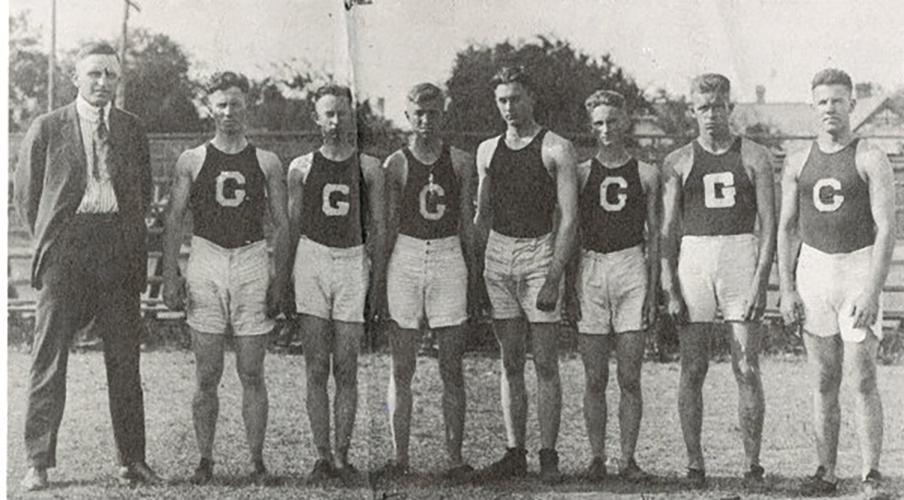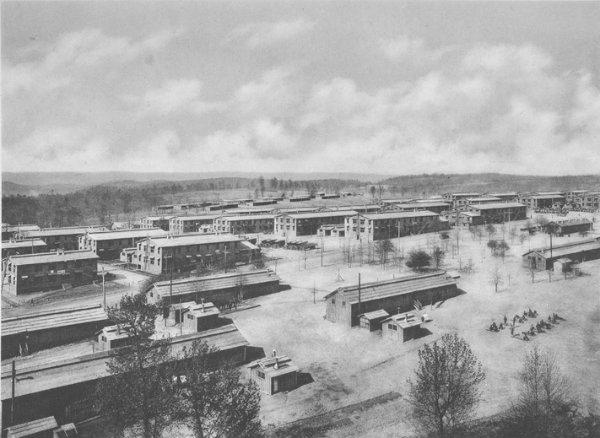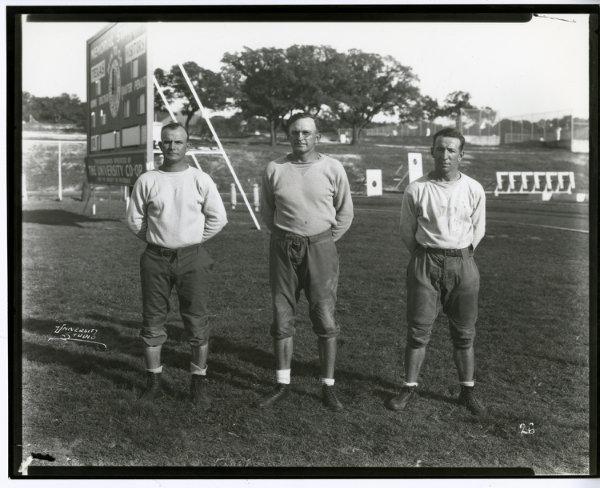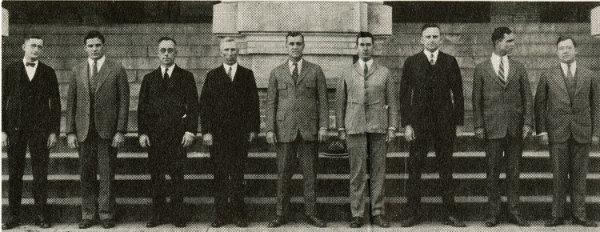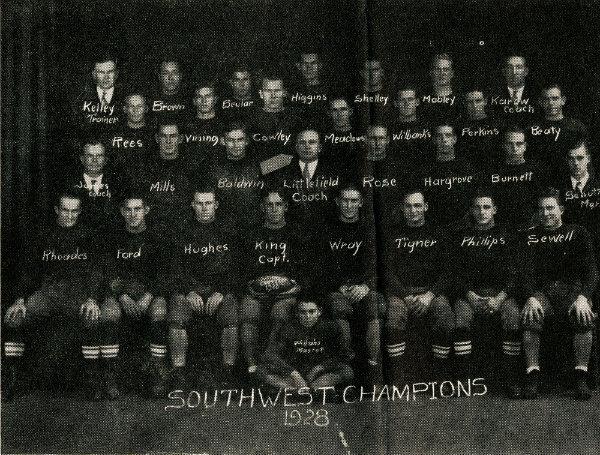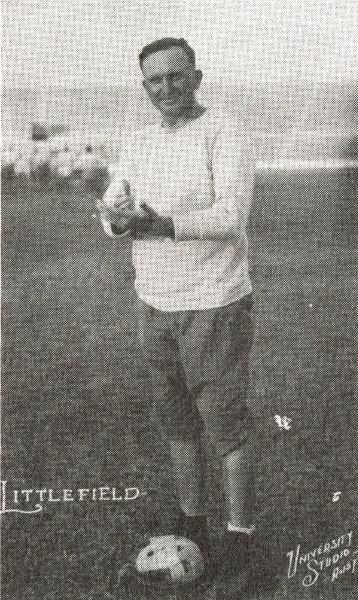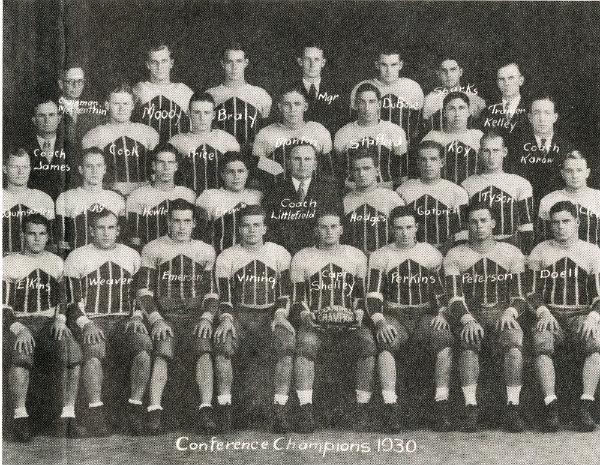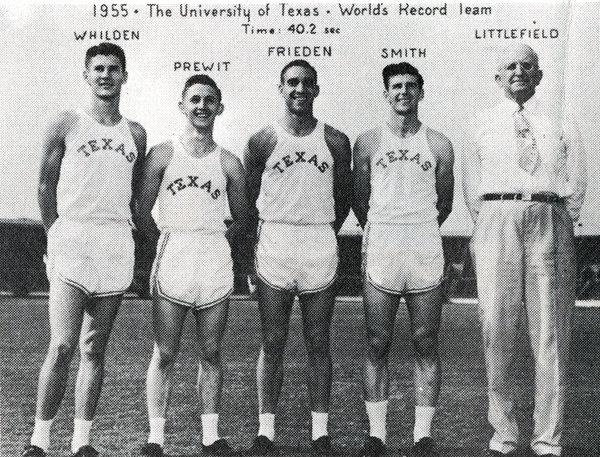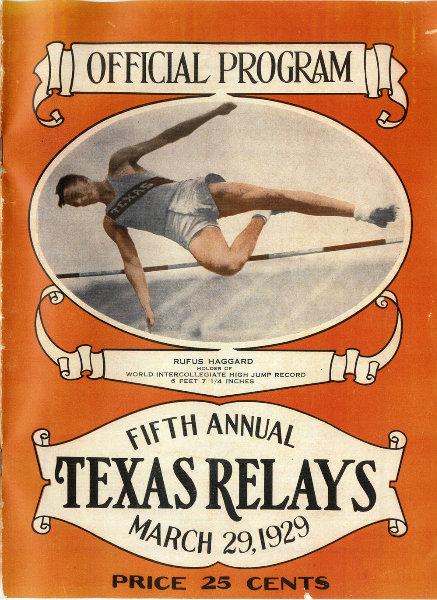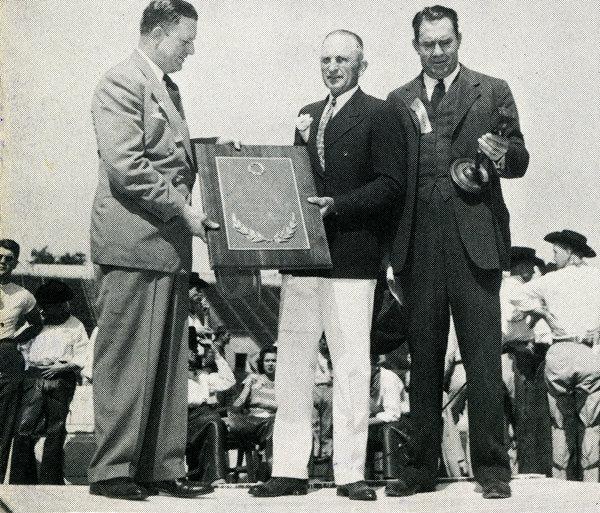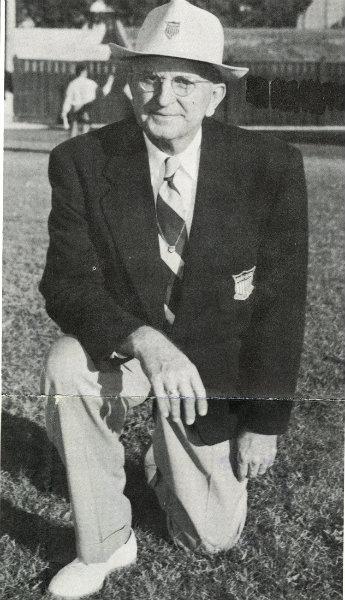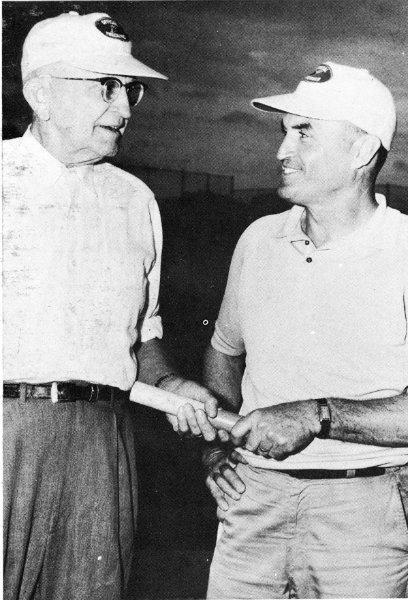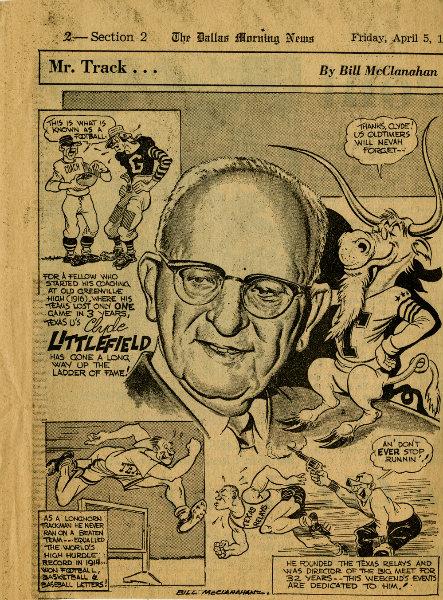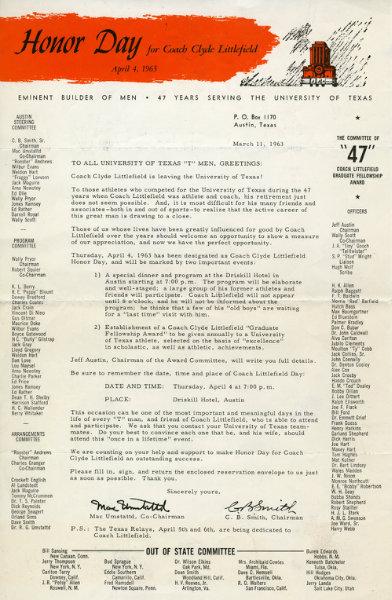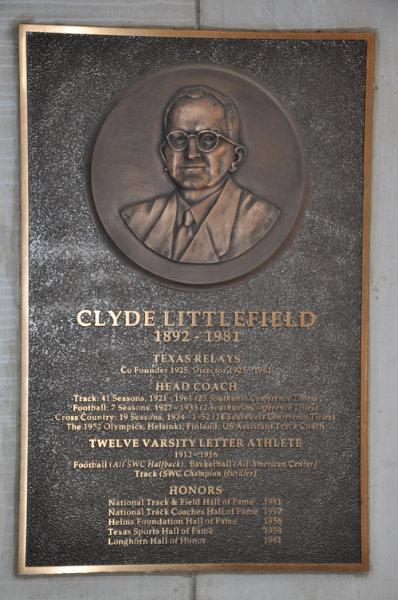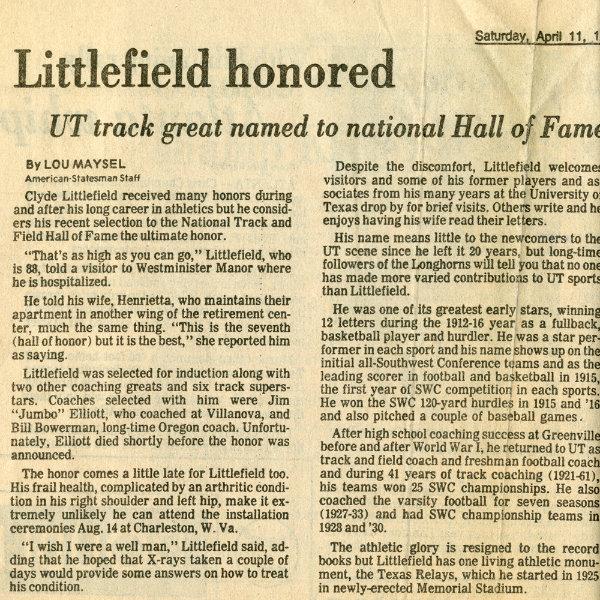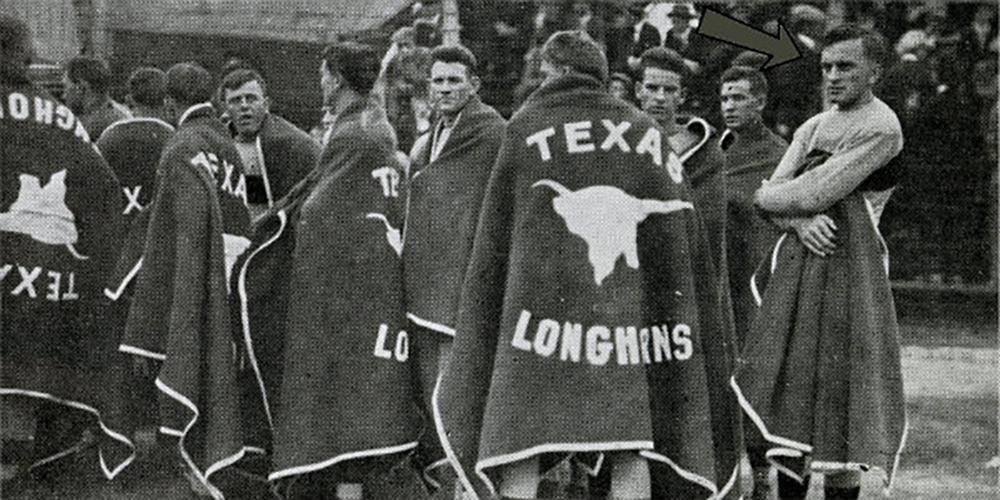Clyde Littlefield
The Life of a Texas Legend
Littlefield played baseball from 1909-1910; this was the first organized athletic competition. He was also the captain of the 1910 football team, which were academy champions of Texas.
Learn more about Peacock Military Academy
At Marshall Training School, Littlefield continued his early success in sports. He was a jack-of-all-trades. He played on the 1911-1912 championship football team, played basketball, played baseball and also ran track.
Littlefield had quite an illustrious athletic career at UT. He was on eight undefeated sports teams including football (1), track (4), and basketball (3). He won 12 letters while at UT, only missing out on baseball because he did not have enough time to commit to the sport. Although he did not earn a letter in baseball, he did pitch two varsity games. He batted 1,000 during his time on the team. He equaled the collegiate world record in the high hurdles 1914 and was never beaten. He was only beaten once in low hurdles. In 1915, he was the Southwest Conference (SWC) scoring champion in basketball as well as an All American. He was also an All SWC halfback in football. While on the football team, he played multiple positions including, but not limited to, halfback and quarterback. Not only was he on three athletic teams, but he was also a part of the Kappa Alpha Order and Sigma Delta Psi athletic fraternity.
In 1916, Littlefield was hired as a coach (football, basketball, and track), teacher, and athletic director at Greenville, Tx public schools. In that same year, Littlefield coached the track team to a state championship. In the three years he coached football, he only lost only one game. In 1919, they won an un-official state championship and outscored opponents 183-0.
Littlefield completed basic training and duty as first sergeant at Camp Mabry in Austin, Texas. He was then transferred to officers school at Camp Pike in Little Rock, Arkansas, where he was a First Lieutenant and a bayonet instructor. Here he continued his athletic endeavors by competing on the officer’s football team and winning the Midwest Championship. He was honorably discharged in the fall of 1920.
Learn more about Camp Pike known today as Camp Joseph T. Robinson.
In the fall of 1920, Littlefield was hired as the head track coach and freshman football coach, and freshman basketball coach at UT. During this time as head track coach, Littlefield won 25 Southwest Conference (SWC) championships and finished second 14 times. During his tenure 12 of his athletes won NCAA championships and three went on to be Olympians. He coaches 46 All Americans. His team broke numerous world records including, but not limited to, the 440 and 880 yard relays and the 480 yard shuttle hurdle relay. In all, he had four world record-setting relay teams. During his 7 years as head football coach, from 1927-1933, his teams won two Southwest Conference championships and was runner-up two other years. He was also the person credited with the first use of burnt orange as UT’s official color.
Clyde Littlefield and Henrietta Rabb were married in June 1922 and had a son, Clyde Rabb Littlefield in March 1931.
In 1925, track coach, Clyde Littlefield, and athletic director, Theo Bellmont, founded the nationally recognized Texas Relays. Since that time, the Texas Relays have been dedicated to him twice, in 1945 and 1963. The Texas relays were officially named “The Clyde Littlefield Texas Relays” in 1963. today the Texas Relays are the second largest track event in the United States, only second to the Penn Relays. For 32 years, Littlefield was director of the relays and stepped down from that position in 1957.
Learn more about the Texas Relays.
Between 1940 and 1963 Littlefield was selected for a number of honors: 1945 Texas Relays Dedication; 1950 Helms Foundation Hall of Fame; 1953 Track Coach of the Year; 1957 Coach of the Year by “Coach and Athlete Magazine,” 1958 Texas Sports Hall of Fame; 1961 Longhorn Hall of Honor; and 1963 Texas Relays dedicated to him.
Clyde Littlefield inductees entry for the Texas Sports Hall of Fame.
In March 1945, the 18th annual Texas Relays were dedicated to Clyde Littlefield.
in 1951, Littlefield was appointed as a United States track and field coach. In 1952, he took the U.S. team to Iceland, Norway, Sweden, Scotland, England, and Ireland. In 1955, he took the U.S. team to West Germany, Belgium, France, Yugoslavia, and England.
In 1953, Littlefield was nominated “Track Coach of the Year” by The Birmingham News and Southern Relays.
In 1961, as per university rules regarding age, Clyde Littlefield stepped down as head coach and assumed a more supervisory role on the staff.
Governor John Connelly declared April 4, 1963, an “Honor Day” for Littlefield to celebrate his commitment and service to The University of Texas. An event was held on that day at the Driskill Hotel in his honor. In attendance were former teammates, athletes, coaches, and U.S. Senator Ralph Yarbourgh.
Littlefield was among the first three sports “greats” to have a plaque of honor in recognition of their athletic achievements. The other two were former football coach Dana X. Bible and former athletic director Ed Olle. Littlefield has three physical plaques on campus; one at the entrance to Belmont Hall, and two at the Mike A. Myers Track and Soccer Stadium.
In 1981, Littlefield was posthumously honored by being inducted into The National Track and Field Hall of Fame on the basis of his athletic accomplishments and his successful coaching career. At that time, he was the only UT track coach that had been inducted.
In November 1997, Littlefield was posthumously inducted into the National Track and Field Coaches Hall of Fame by the United States Track Coaches Association.
Littlefield left a lasting impression on The University of Texas not only through his years of developing athletes but also through the “Clyde Littlefield Fellowship Award,” which is available for any University of Texas student who has participated in at least one intercollegiate sport and plans to pursue graduate work. Littlefield also pioneered the five-man line as a standard defense in football. During his time at UT as an athlete, he employed the forward pass and was one of the first great passers in UT football history. He also was the first to use burnt orange as the official color of UT in an attempt to get rid of their distasteful nickname, “the yellow-bellies,” which arose because standard cotton orange uniforms would fade into yellow after repeated washings. another innovation that Littlefield made involved the actions of the teams during the playing of “The Star-Spangled Banner” and “The Eyes of Texas.” Prior to Littlefield coaching, there was no observance during these songs. He found it objectionable and had his teams stand at attention on the sideline in observance of the anthems. This is a tradition that has been upheld ever since. Lastly, in 2001, the street running along the north side of Mike A. Myers Stadium was named after Clyde Littlefield to honor his legacy. To this day, The University of Texas reveres and celebrates this man who represented UT so well.


